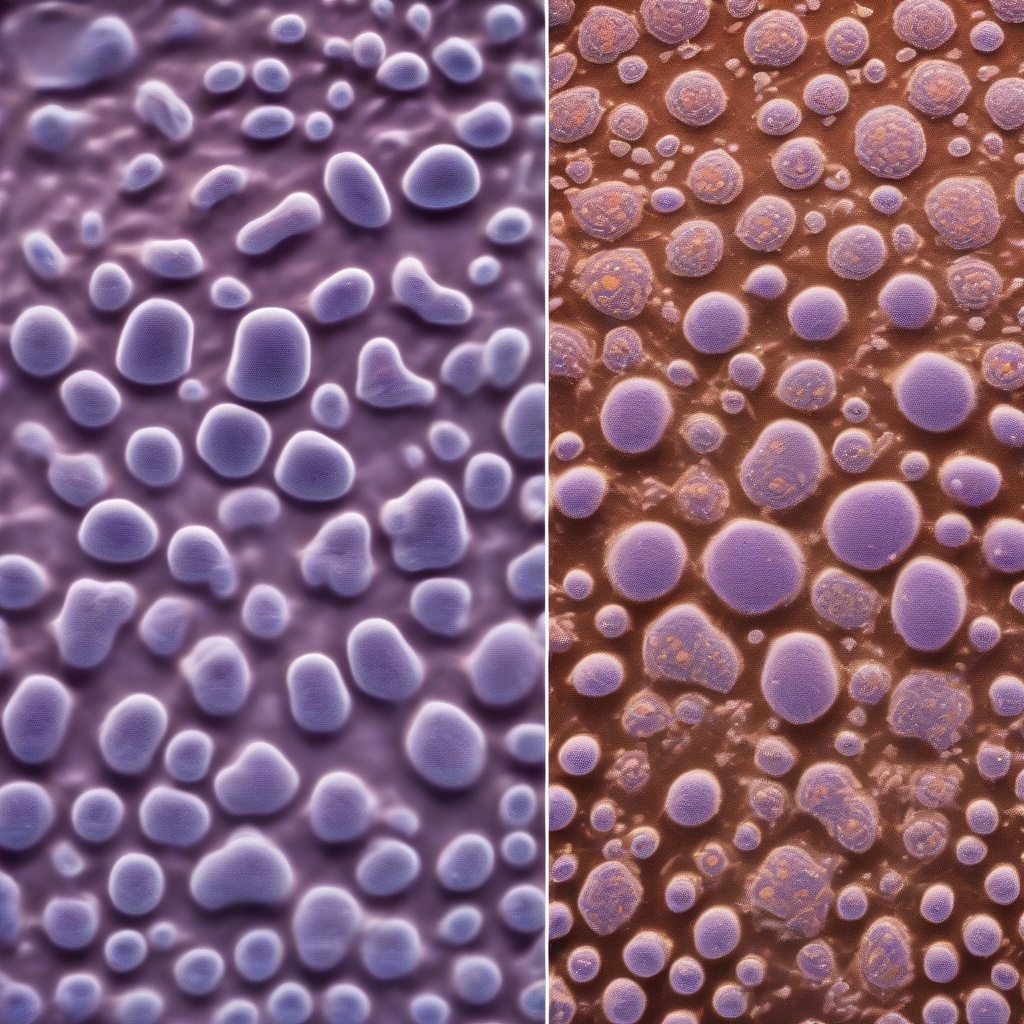Comparative Analysis of Free Thyroxine Measurement Techniques in Veterinary Medicine Studies Revealed
The accurate measurement of free thyroxine (fT4) levels is crucial in veterinary medicine for diagnosing and monitoring thyroid disorders in animals. Various techniques have been developed to measure fT4, each with its own advantages and limitations. A recent study published in the journal Veterinary Science provides valuable insights into the comparative analysis of different fT4 measurement techniques, shedding light on their reliability and clinical utility.
Background and Importance of fT4 Measurement
Thyroid hormones play a vital role in regulating metabolism, growth, and development in animals. The measurement of fT4, a biologically active form of thyroxine, is essential for assessing thyroid function. Accurate fT4 measurement helps veterinarians diagnose and monitor thyroid disorders, such as hypothyroidism and hyperthyroidism, which are common in dogs and cats.
Measurement Techniques for fT4
Several techniques are available for measuring fT4, including:
- Radioimmunoassay (RIA): A traditional method that uses radioactive isotopes to measure fT4 levels.
- Enzyme-linked immunosorbent assay (ELISA): A widely used technique that employs enzymes to detect fT4.
- Electrochemiluminescence immunoassay (ECLIA): A highly sensitive method that uses electrochemiluminescence to measure fT4.
- Liquid chromatography-tandem mass spectrometry (LC-MS/MS): A highly accurate and sensitive technique that uses mass spectrometry to measure fT4.
Comparative Analysis of fT4 Measurement Techniques
The study published in Veterinary Science compared the performance of different fT4 measurement techniques, including RIA, ELISA, ECLIA, and LC-MS/MS. The results showed that:
- RIA and ELISA techniques had similar performance characteristics, with moderate correlations between fT4 levels measured by these methods.
- ECLIA showed higher sensitivity and specificity compared to RIA and ELISA.
- LC-MS/MS demonstrated the highest accuracy and precision, with excellent correlation with ECLIA.
Clinical Implications and Recommendations
The comparative analysis of fT4 measurement techniques has significant clinical implications. The study suggests that:
- LC-MS/MS and ECLIA are the most reliable techniques for measuring fT4 levels, offering high accuracy and precision.
- RIA and ELISA techniques can still be used, but with caution, as they may yield variable results.
- Veterinarians should consider the technique used when interpreting fT4 results and take into account the clinical context and patient history.
Oncolytic Sendai Virus Therapy: A Pilot Study
In a related study, researchers investigated the efficacy of oncolytic Sendai virus therapy for treating canine mast cell tumors. The pilot study, conducted by Galina V. Ilyinskaya, Elena V. Mukhina, Alesya V. Soboleva, and Olga V. et al., demonstrated promising results, with significant tumor reduction and improved survival rates.
For more information on this study, please refer to: https://www.frontiersin.org/journals/veterinary-science/articles/10.3389/fvets.2025.1657215/abstract
Conclusion
In conclusion, the comparative analysis of free thyroxine measurement techniques in veterinary medicine studies highlights the importance of selecting reliable and accurate methods for diagnosing and monitoring thyroid disorders in animals. The study provides valuable insights into the performance characteristics of different techniques, recommending LC-MS/MS and ECLIA as the most reliable methods. By understanding the strengths and limitations of each technique, veterinarians can make informed decisions and provide optimal care for their patients.



